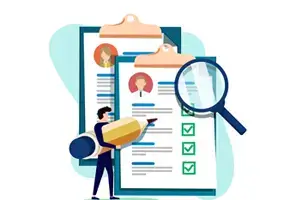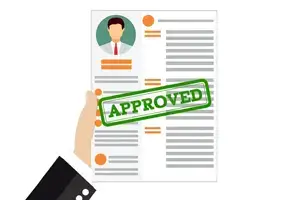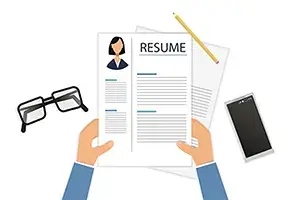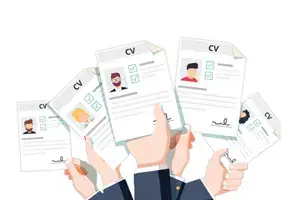Bridging the Gap: Addressing Resume Gaps and Employment History
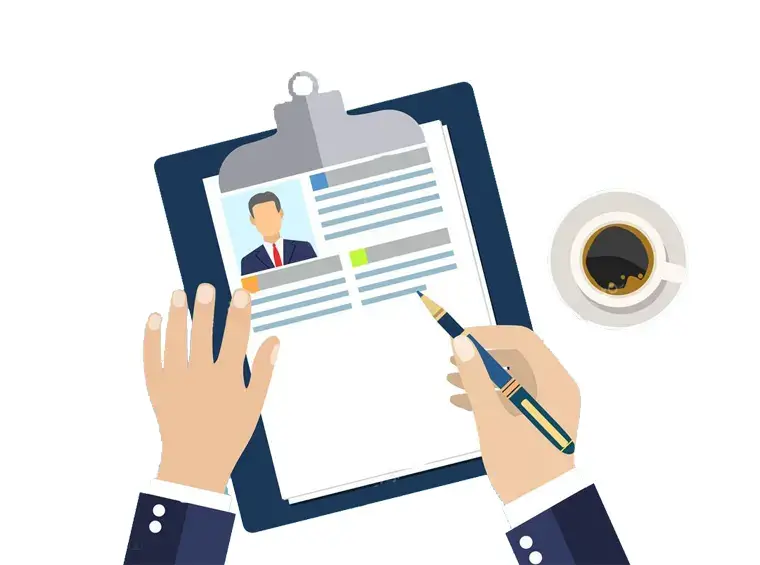
Embarking on a job search journey can be exhilarating, but for many, it also comes with the challenge of explaining employment gaps in their resumes. Whether due to personal reasons, career transitions, or unforeseen circumstances, addressing these gaps is a crucial aspect of presenting a compelling narrative to potential employers. In this blog post, we'll explore effective strategies to address resume gaps and navigate your employment history with confidence.
1. Embrace Transparency
The first rule in addressing resume gaps is honesty. Embrace transparency and address the gap directly in your resume or cover letter. Avoiding the topic may raise red flags for employers, while candidly explaining the gap demonstrates your integrity and openness.
2. Craft a Thoughtful Cover Letter
Your cover letter is the perfect space to provide context to your employment history. Use this opportunity to explain the circumstances surrounding your resume gaps and how you utilized that time for personal or professional development. Highlight any relevant skills or experiences gained during the gap that could contribute to the prospective role.
3. Consider a Functional Resume Format
If your employment gaps are scattered throughout your work history, consider using a functional resume format. This format allows you to focus on skills and achievements rather than a strict chronological order of employment. Highlighting your capabilities can draw attention away from the temporal aspect of your career timeline.
4. Provide a Brief Explanation in the Resume
Incorporate a brief but positive explanation directly into your resume. Place it strategically, such as in your professional summary or alongside the relevant job experience. This preemptive disclosure helps to manage expectations and shows your proactive approach to addressing potential concerns.
5. Focus on Relevant Experience
When detailing your work history, prioritize relevant experiences and skills. Tailor your resume to showcase how your past roles, despite gaps, have equipped you with the expertise needed for the prospective job. This emphasizes the value you bring to the table, shifting the focus from the employment gap to your qualifications.
6. Highlight Volunteer Work and Freelance Projects
If applicable, showcase any volunteer work, freelance projects, or consulting roles you engaged in during the employment gap. This demonstrates your commitment to staying active in your field and acquiring new skills, making your resume more appealing to potential employers.
7. Skill Development and Continuous Learning
Use the time during employment gaps to invest in skill development and continuous learning. Include relevant courses, certifications, or workshops you completed, showcasing your dedication to staying current in your industry.
8. Networking and Professional Associations
Demonstrate your commitment to your professional community by highlighting any networking activities or involvement in industry-related associations during the employment gap. This not only adds value to your resume but also showcases your dedication to staying connected within your field.
Conclusion
Addressing resume gaps and employment history is a common concern for many job seekers, but with the right approach, these gaps can be transformed into opportunities for growth and development. By embracing transparency, highlighting relevant experiences, and showcasing ongoing professional engagement, you can present a comprehensive and compelling narrative to potential employers. Remember, your career journey is unique, and addressing resume gaps with confidence can be a powerful tool in securing your next exciting opportunity.
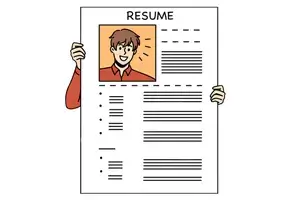 Ensuring Perfection Before You Apply
Ensuring Perfection Before You Apply









